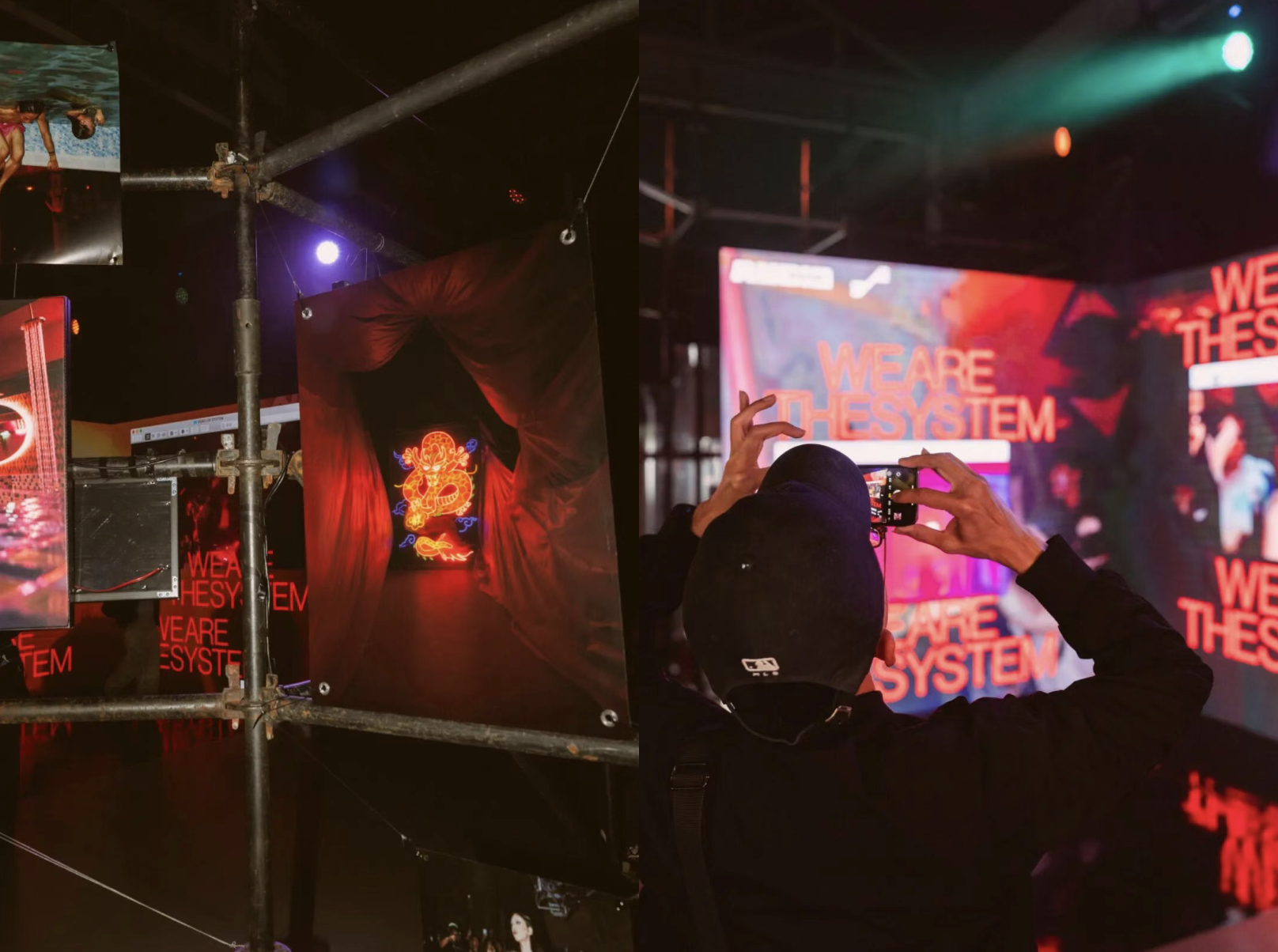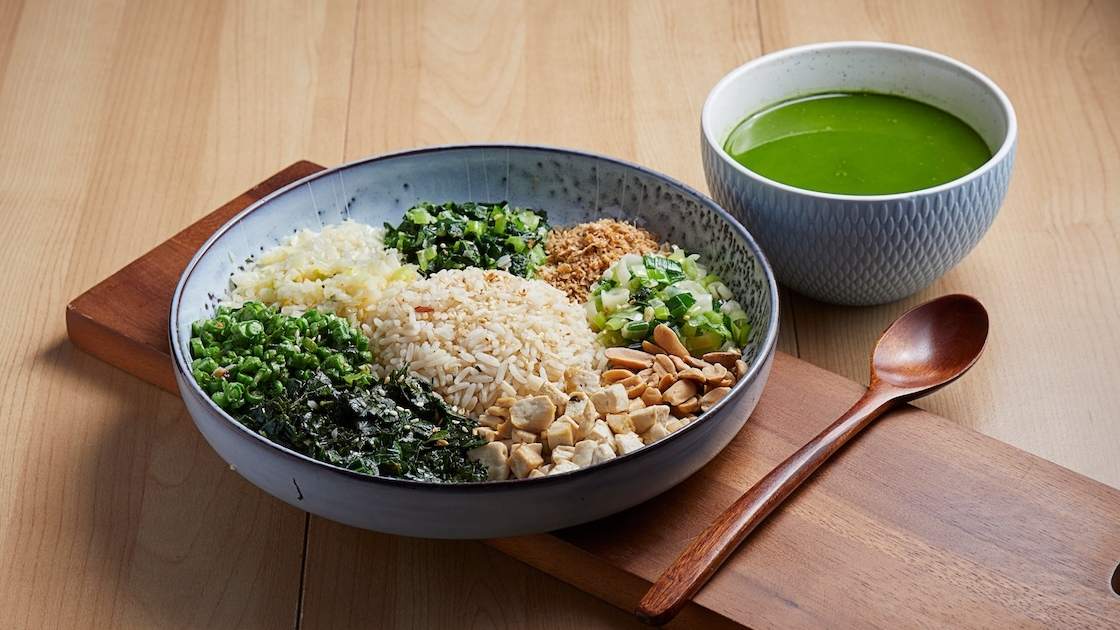Weina Dai Randel grew up in China in the ’80s without the luxury of a phone, television, or even regular electricity. But she did have books — or at least her siblings did.
As a child, Randel would sneak into their bedrooms and snag wuxia novels and works of classic Chinese literature, read through the night with a flashlight, and return them before the morning.
This early curiosity with the written word blossomed into a lifelong passion for storytelling. Randel published her first short story in the fourth grade and wrote her first novel (in Chinese) at the age of 21. You won’t find it on bookshelves, though, as she burned the manuscript after a Shanghai editor passed up the story.
But Randel never gave up. She moved to the United States at 24 and built upon her then-limited English skills while earning a master’s degree in English language and literature at Texas Woman’s University between 2002 and 2005.

Weina Dai Randel
Eighty-two rejection letters and three novels later, Randel is an award-winning writer and has a fourth book on the way. She released her first series of two books, The Moon in the Palace and The Empress of Bright Moon, in 2016.
The duology is a beautifully crafted work of historical fiction centered around China’s only female emperor, Wu Zetian. The novels have been translated into seven languages, with the former earning the 2017 RWA RITA Award and a nomination for the 2016 Goodreads Choice Award.
Randel published her third novel, The Last Rose of Shanghai, on December 1, 2021.
A National Jewish Book Awards Finalist, the novel is also a historical fiction based in China, but it deals with an altogether different setting and subject matter — swapping Tang dynasty palace politics for World War II-era Shanghai under Japanese occupation.
It follows the unlikely romance between Ernest Reismann, a penniless Jewish refugee and jazz pianist from Berlin, and Aiyi Shao, an heiress and owner of a Shanghai jazz nightclub in decline.
“This is a love story, first of all. It’s also a story that transcends race, class, religion, and war,” says Randel. “This is a very extreme setting.”
“The two main characters found friendship through the mutual love of music, and I think stories like that can still happen today … You go to a place, you don’t know anybody there, and then music has this power to bind us together,” she adds.

The Last Rose of Shanghai
Randel weaves the narratives of her imagined characters into the fabric of a vivid and realistic 1940 Shanghai, with an academic-level dedication to historical accuracy and the incorporation of real-life figures from the time.
She spent a remarkable six years researching before writing her first two books and put the same effort into preparing for the third. She read several memoirs written by Jewish refugees, combed through historical texts, and examined every component of city life during the era.
“You have to look into the architecture, the music, the speech patterns, the racial dynamics and the food and everything,” she says. “It took me about six months to just get my head into the world and wrap around it.”
History buffs may recognize the names of Sir Victor Sassoon, a Baghdadi Jewish businessman once said to be the wealthiest man in Asia; famed American journalist Emily Hahn, who immersed herself in Shanghai’s upper circles from 1935 to 1941; and Chinese poet and publisher Shao Xunmei.

A photograph by Sir Victor Sassoon shows Chinese civilians at a checkpoint operated by Imperial Japanese soldiers in 1937. Image via Wikimedia
Even the main character, Aiyi Shao, was inspired by Chinese entrepreneur and businesswoman Sheng Aiyi — a woman who was decidedly ahead of her time in an era when work and career were the near-exclusive domains of men.
It’s the type of character, Randel says, that “fits my profile of a woman with determination, with a good career, and she also has to go through trials to make a living on her own — a woman making a living in a man’s world.”
However, she pushes back at the characterization of her leading ladies as “powerful.”
“When I write about a strong woman, it’s a woman who has certain expectations about herself. She has to go through the journey, go through trials in society to achieve her goals, but she stumbles, and she falls,” says Randel.
“The most important thing for me is, she has the ability to get up and to pursue her dream, even though she falls, even though everyone abandons her.”
Randel spent her final five years in China studying and working in Shanghai, where she developed an intimate connection to local Haipai (海派) culture.
“I loved Shanghai. Shanghai was a brilliant star. It was a place for those talented and ambitious,” she says.

The Moshe Synagogue in Shanghai now houses the Shanghai Jewish Refugees Museum. Image via Hbarrison/Flickr
She recalls hearing stories back then about the World War II era, in which locals would give bread to Jewish refugees. She also remembers seeing old buildings in the city with inscriptions reading “Moses Church” in Chinese, a label she later learned to mean synagogue.

A historic plaque in Shanghai’s former Jewish ghetto. Image via Hbarrison/Flickr
The memories were still with her years later in the United States when a friend suggested she write about Jewish refugees in Shanghai during World War II.
Furthermore, Randel’s husband is of Jewish descent, and her daughter celebrated her Bat Mitzvah in 2019.
“I thought it would be a good idea to write about the Jewish experience in China to honor my family’s heritage,” she says.
As a China-born woman in the U.S., Randel understands firsthand the complexity of life at a cultural crossroads. Her own ideas, she says, “were very Chinese in many ways.”
But in America, individuality and freedom trump the collective desires of family and community.
“I projected those ideas, the clash of these two cultures, especially onto the female protagonist,” she says. “You see how her ideas clashed with her traditional family values.”
Randel writes, of course, because she is passionate about the craft. But there is something else she hopes to accomplish with her work.
“My purpose is to write novels featuring Chinese characters, or Chinese-American characters” that “help people in the U.S. or Europe to understand Chinese culture,” she says.
“I also wanted to make sure people today know Chinese women were capable of having many careers. They were scientists, and they were also very successful businesspeople, and Sheng Aiyi was one of them.”
For her literary inspirations, Randel mentions George Saunders, Anthony Doerr, and Michael Ondaatje — particularly his 1992 novel The English Patient. “Those are my authors, I buy every book they write,” she says.
When writer’s block creeps in, Randel will eat some dark chocolate or go for a run. “When I run, things start to work in my head … I can hear the characters talk in my head and see the scenes come,” she says.
And if all else fails, she picks up one of her favorite books.
“Sometimes, it’s very interesting, when I read a certain word in the book, it will give me a spark,” she says.
“I’m like ‘yes, that’s it!’ And I just go to the computer and start to write.”
Randel is currently revising her fourth novel, “The Angels of Vienna,” which will be published in February 2023.
Unless otherwise stated, all images courtesy of Weina Dai Randel















